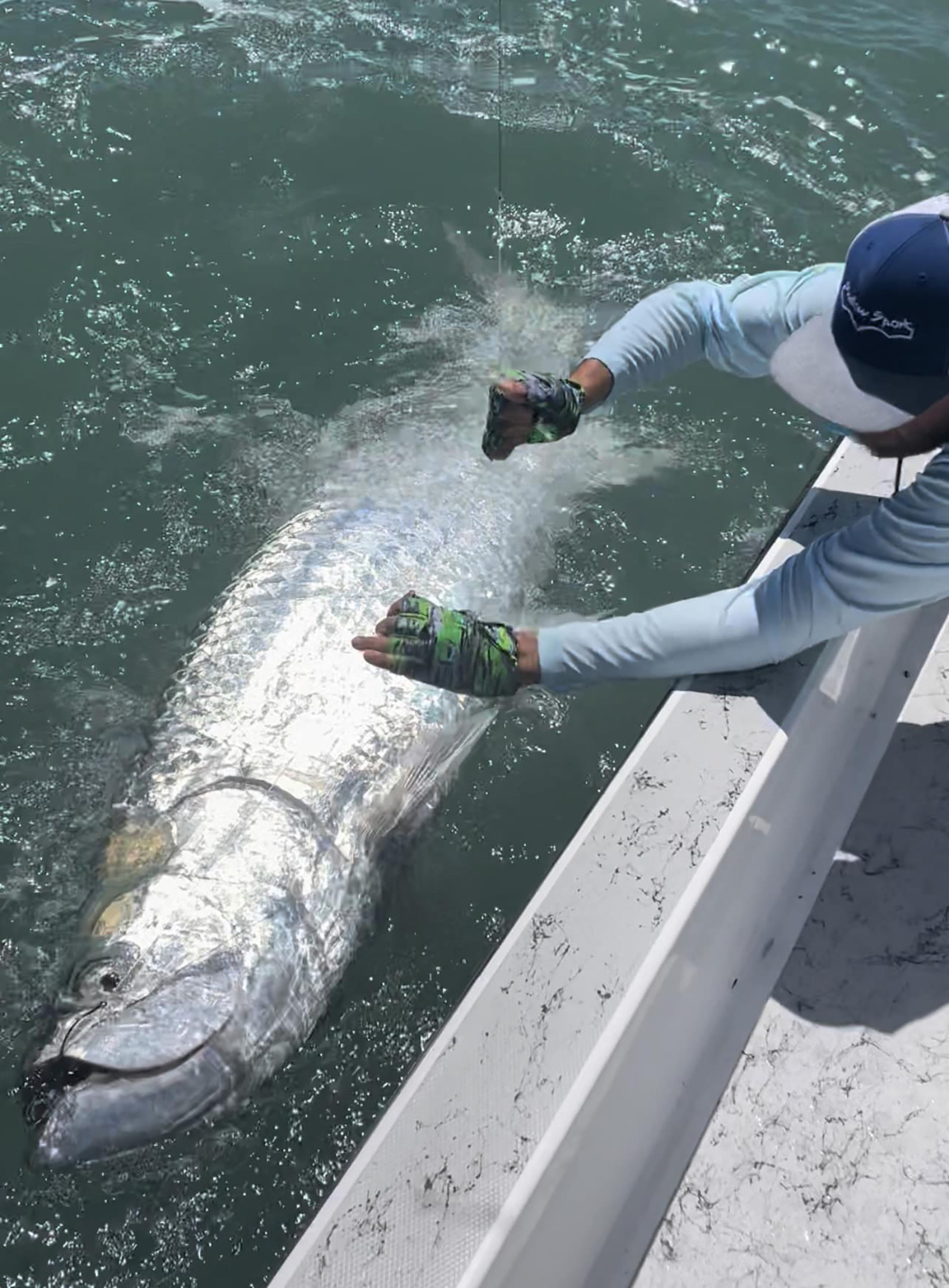The Gulf of Mexico Fishery Management Council announced this year’s adjusted red snapper season for Texas, Louisiana and other coastal states, and it appears anglers there will see their snapper season cut drastically in federal waters. The adjustment, announced by Roy Crabtree, regional administrator for NOAA Fisheries, is widely viewed as retaliation for the plans of multiple states to go out of compliance with federal snapper regulations in 2013.
Based on the expected regulations for Texas, Louisiana, and Florida, the preliminary season lengths would be as follows: Texas, 12 days; Louisiana, nine days; Mississippi and Alabama, 28 days; and Florida, 21 days.
Louisiana and Florida, which cited multiple flaws in federal management of red snapper, previously announced plans to join Texas in going out of compliance with federal regulations in state waters. In response, federal authorities acquired new powers to alter seasons for non-compliant states.
Fisheries managers from Texas and Louisiana have presented a regional management plan that would allow individual states to manage fish stocks off their respective coasts. Though the plan was focused on flexibility and extensive data gathering and was supported by the Coastal Conservation Association and anglers across Louisiana and the Gulf, it was rejected by the Gulf Council.
The federal recreational season for Gulf of Mexico red snapper begins June 1 each year with a two-fish bag limit. The length of the season is determined by the amount of the quota, the average weight of fish landed, and the estimated catch rates over time. NOAA Fisheries is responsible for ensuring the entire recreational harvest, including harvest in state waters, does not exceed the recreational quota. Therefore, if states establish a longer season or a larger bag limit for state waters than the federal regulations allow in federal waters, the federal season must be adjusted to account for the additional harvest expected in state waters.






















